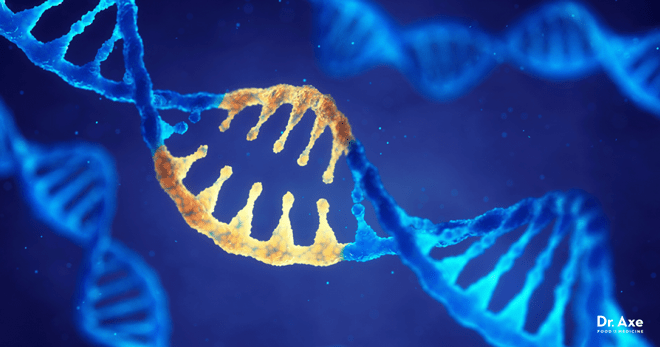Capturing Light, Creating Life: The Wonders of Photosynthesis
- Genesis Gazette
- Jan 13, 2024
- 2 min read
Updated: Jan 14, 2024
By Naisha Rastogi (Genesis Gazette) and Piggy the Scientist
Photosynthesis is the process that fuels life on Earth, and is a biochemical mechanism with profound implications for the planet's ecosystems. Photosynthesis, a fundamental process in the plant kingdom.
This equation encapsulates the step-by-step transformation of carbon dioxide and water into glucose, fueled by the radiant energy of sunlight. In the presence of chlorophyll, a green pigment found in chloroplasts, plants absorb light energy and initiate a sequence of reactions. Carbon dioxide from the atmosphere is captured and combined with water from the soil. The energy derived from sunlight facilitates the conversion, leading to the synthesis of glucose, a vital energy source for the plant. Simultaneously, oxygen is released into the atmosphere as a byproduct, contributing to the oxygen we breathe. This intricate process of photosynthesis not only sustains plant life but also plays a crucial role in maintaining the delicate balance of gases in the Earth's atmosphere.
In this exploration of "Capturing Light, Creating Life," we'll delve into the scientific process of photosynthesis and its essential role in sustaining life. At the heart of photosynthesis is chlorophyll, the green pigment in plant cells. This pigment is instrumental in capturing light energy from the sun, initiating the energy conversion process. Photosynthesis primarily occurs in chloroplasts, specialised organelles within plant cells. These structures house the machinery required for the intricate dance of converting light energy into chemical energy.
The first phase of photosynthesis involves light-dependent reactions. Here, sunlight is absorbed by chlorophyll, leading to the splitting of water molecules. This process generates oxygen as a byproduct and creates energy-rich molecules. In the second phase, known as the Calvin Cycle, carbon dioxide is utilized to build glucose molecules. This intricate biochemical pathway results in the production of carbohydrates, the primary source of energy for plants. Photosynthesis extends far beyond individual leaves. Forests, grasslands, and aquatic ecosystems play crucial roles in capturing carbon dioxide and releasing oxygen, shaping the composition of the Earth's atmosphere.
One of the significant outcomes of photosynthesis is the production of oxygen. Plants release this vital gas into the atmosphere, supporting the respiratory needs of animals. Additionally, photosynthesis aids in carbon sequestration, mitigating the effects of climate change. Various environmental factors influence the rate of photosynthesis, including sunlight availability, temperature, and carbon dioxide concentration. Understanding these factors is essential for predicting how photosynthesis responds to a changing climate. As the planet faces climate change, photosynthesis faces challenges. Altered temperature patterns, shifts in precipitation, and increased carbon dioxide levels can impact the efficiency of this crucial process.
In agriculture, researchers are exploring ways to enhance photosynthetic efficiency to increase crop yields. Genetic modifications and innovative technologies aim to optimize the process for food security. The study of photosynthesis not only deepens our understanding of plant biology but also offers insights into sustainable practices. Harnessing the potential of photosynthesis may hold the key to addressing global challenges in food production and environmental conservation.
"Capturing Light, Creating Life" is more than a biological process; it is the engine that powers ecosystems and sustains life on our planet. Understanding the intricacies of photosynthesis is essential as we navigate the complex relationship between science, sustainability, and the future of our environment.
Share your thoughts on this in the comments below 👇








Comments